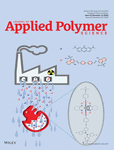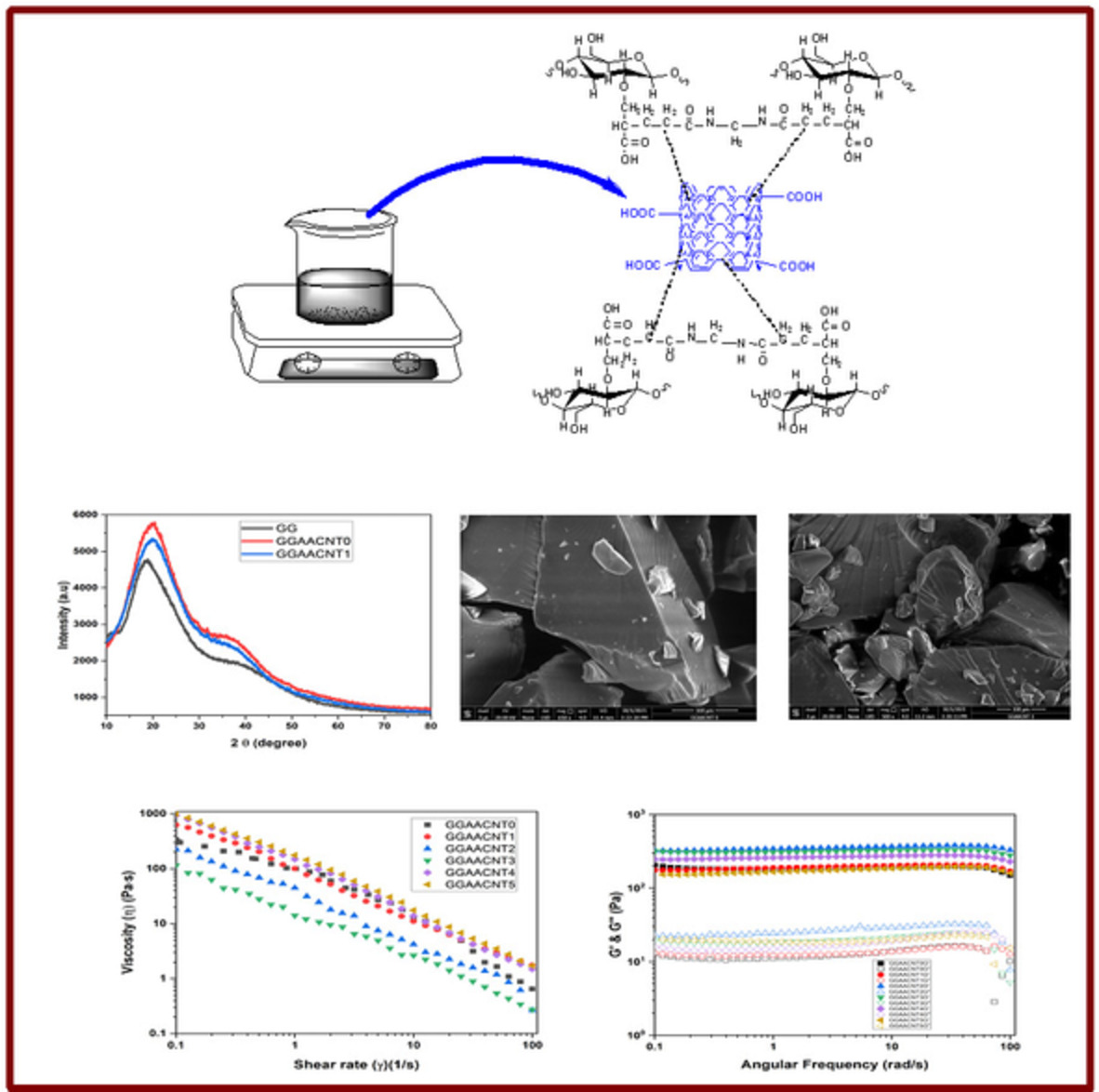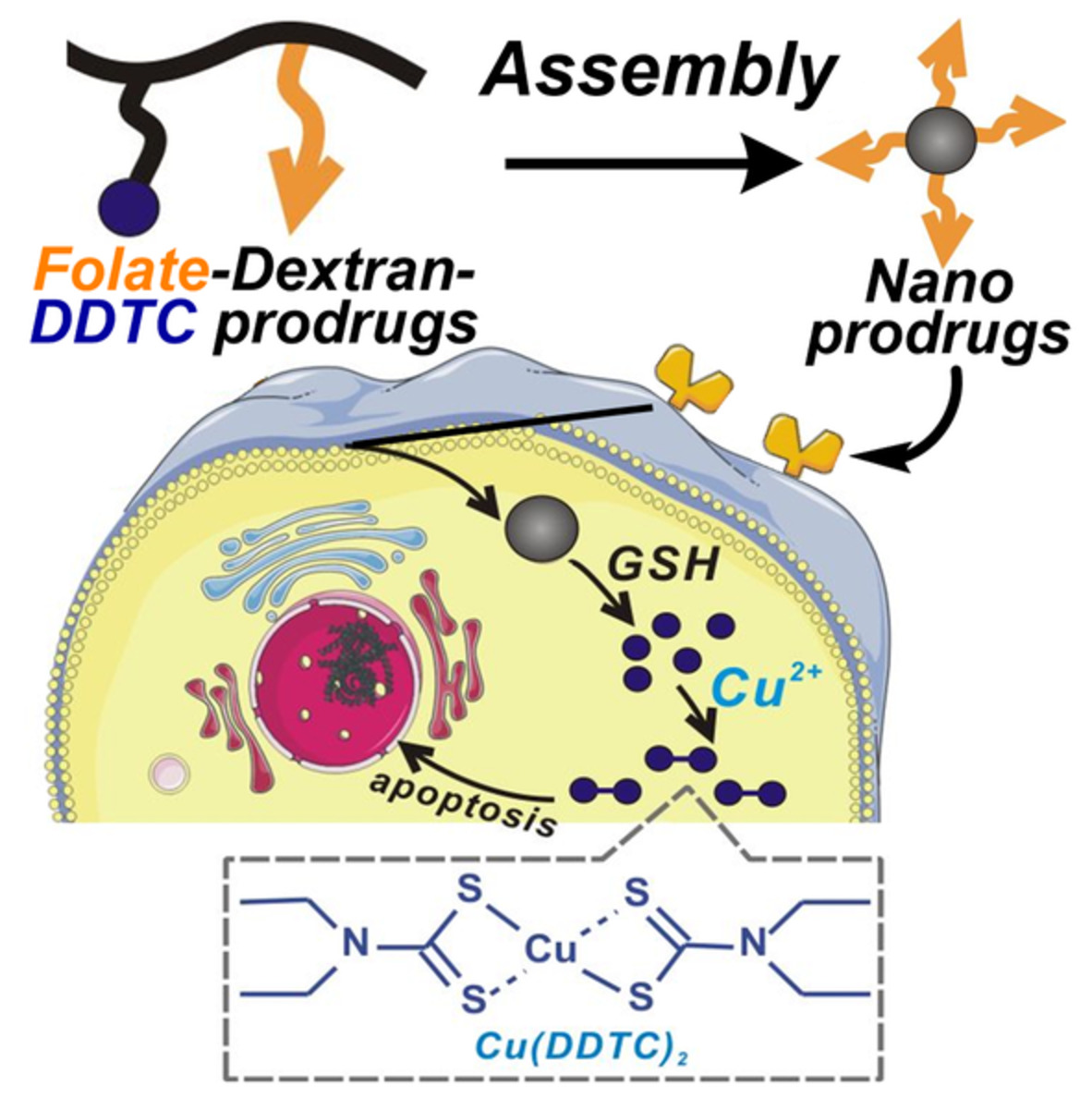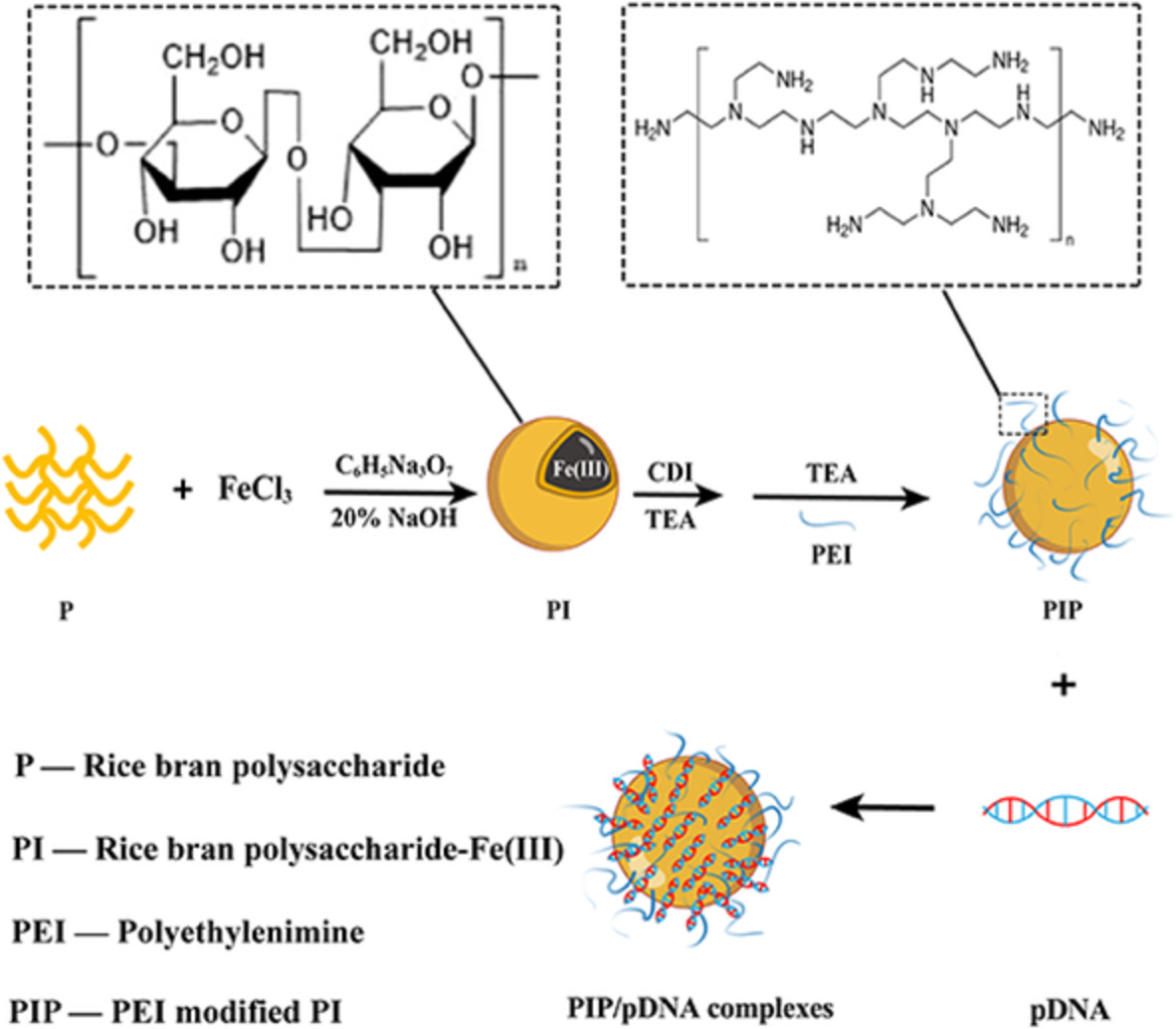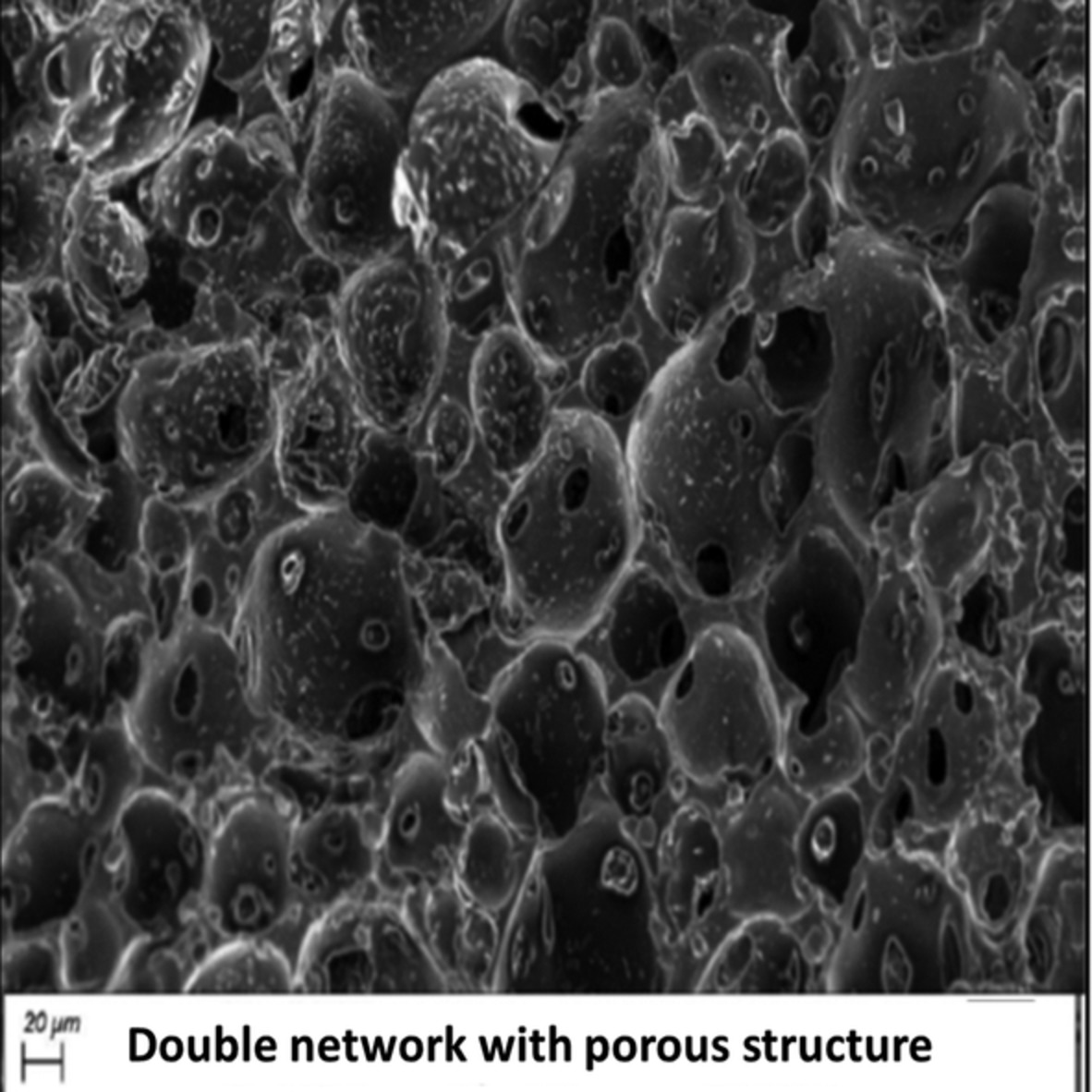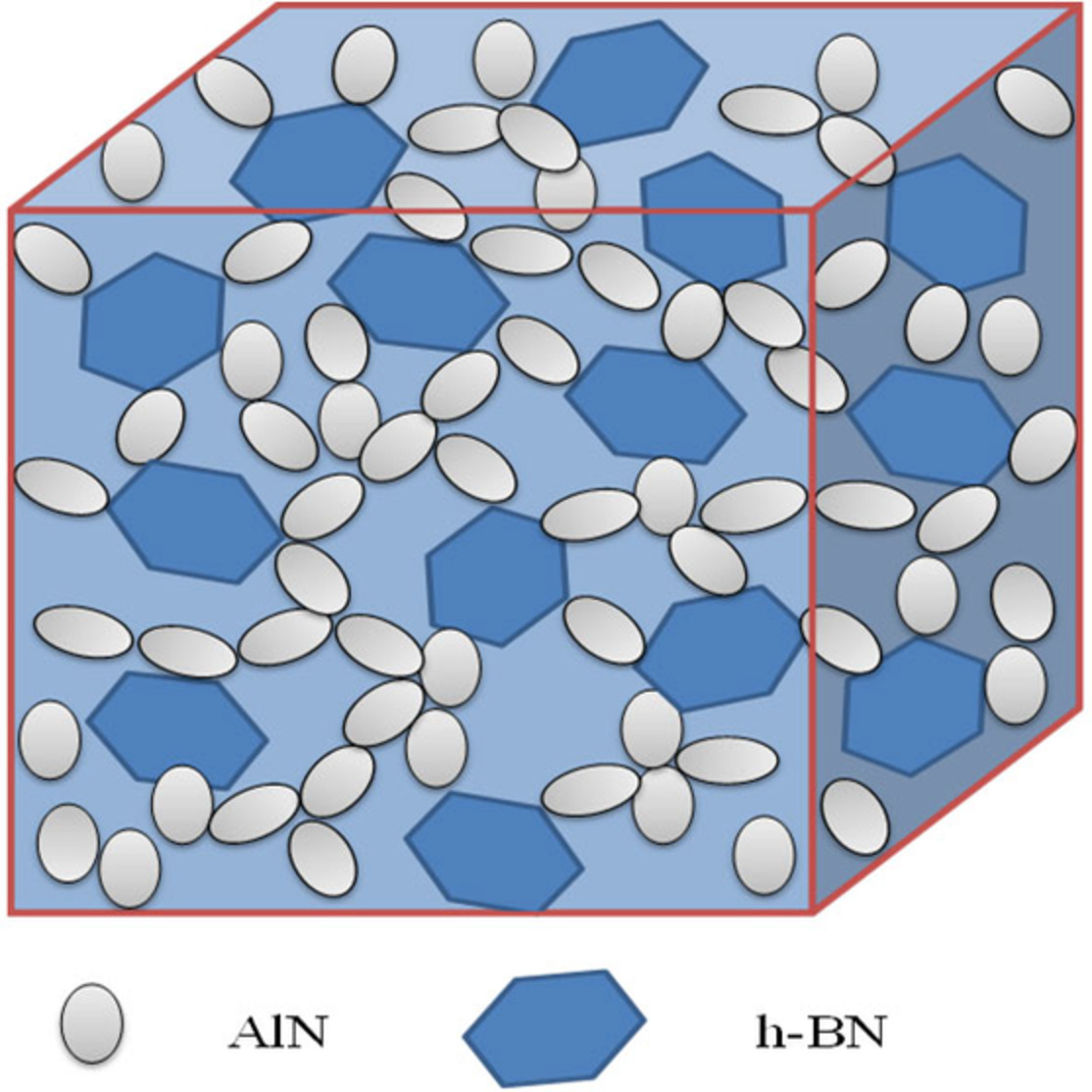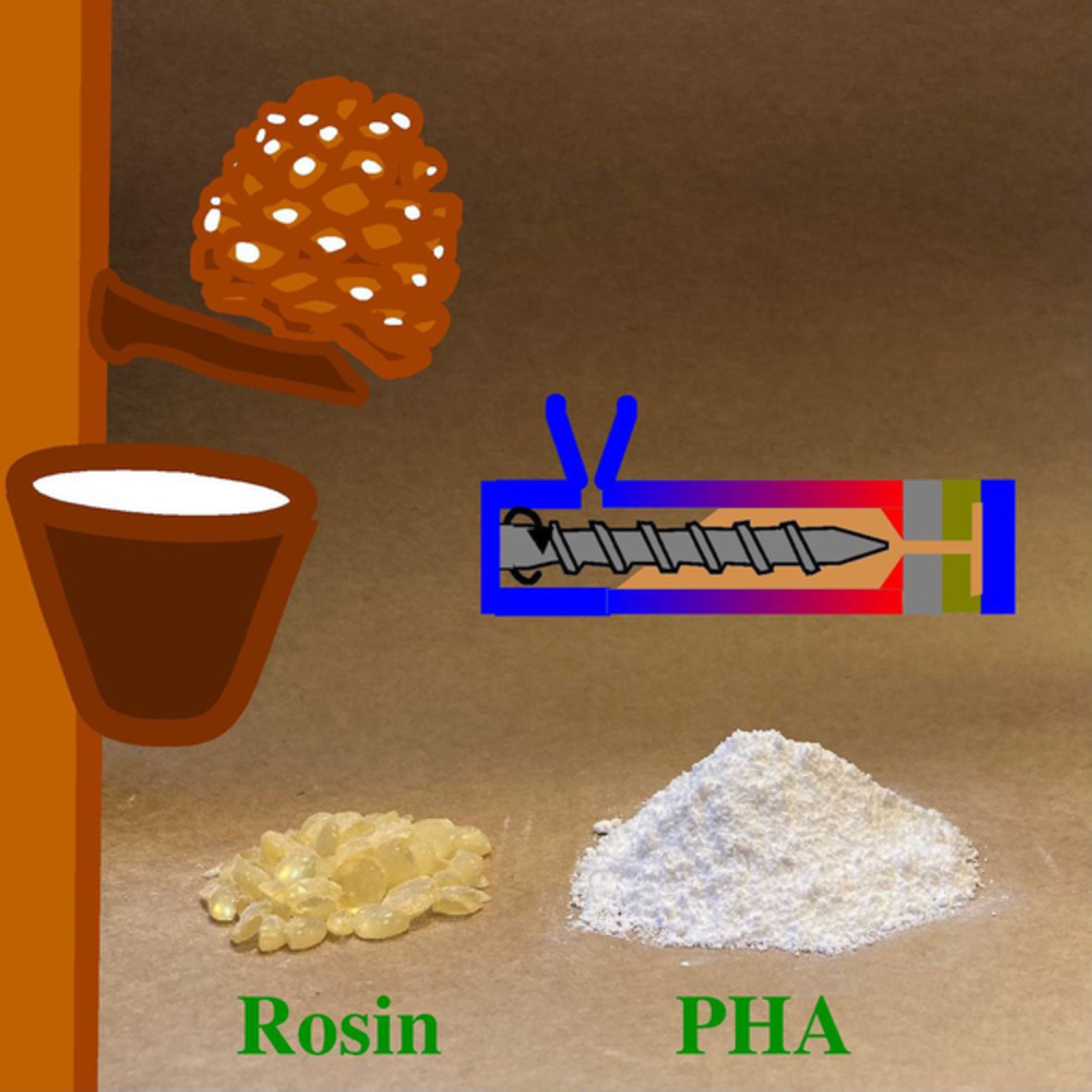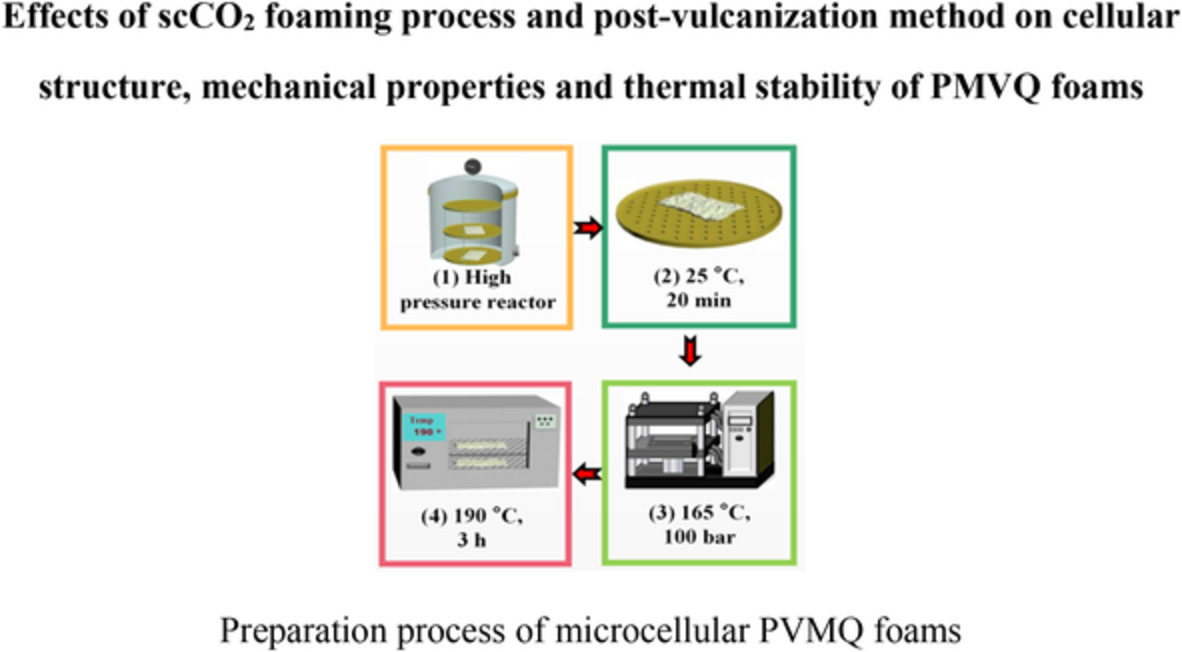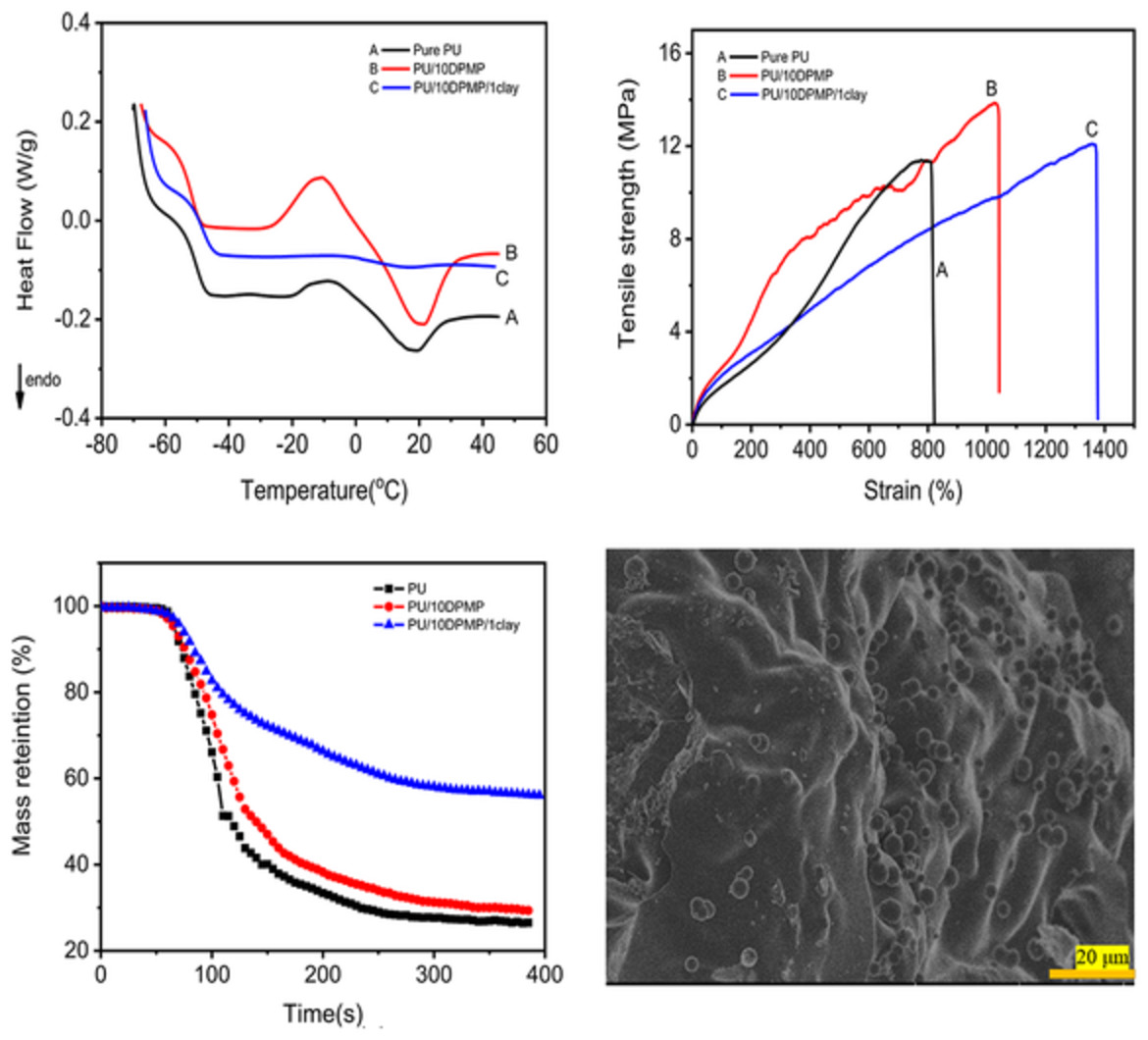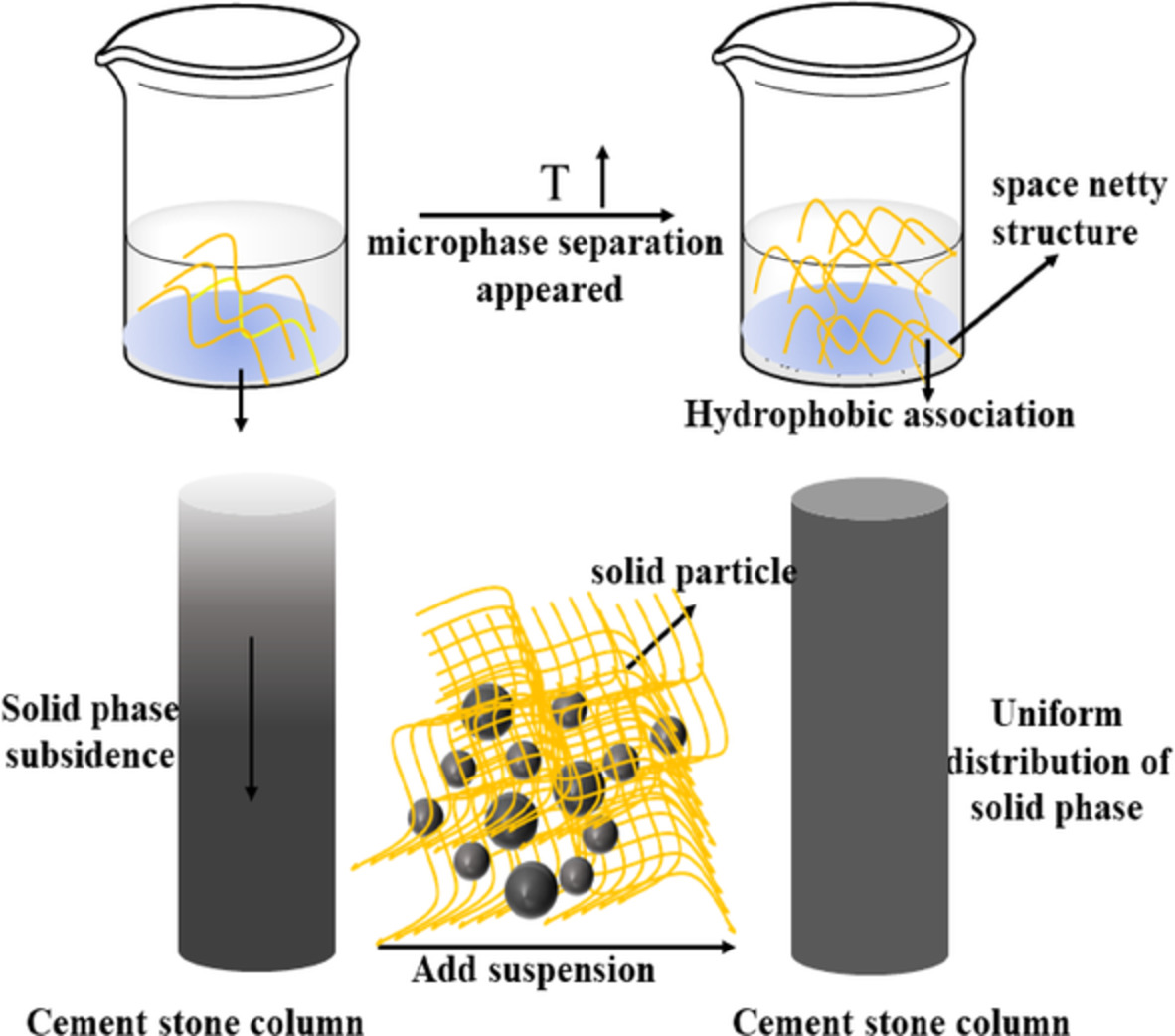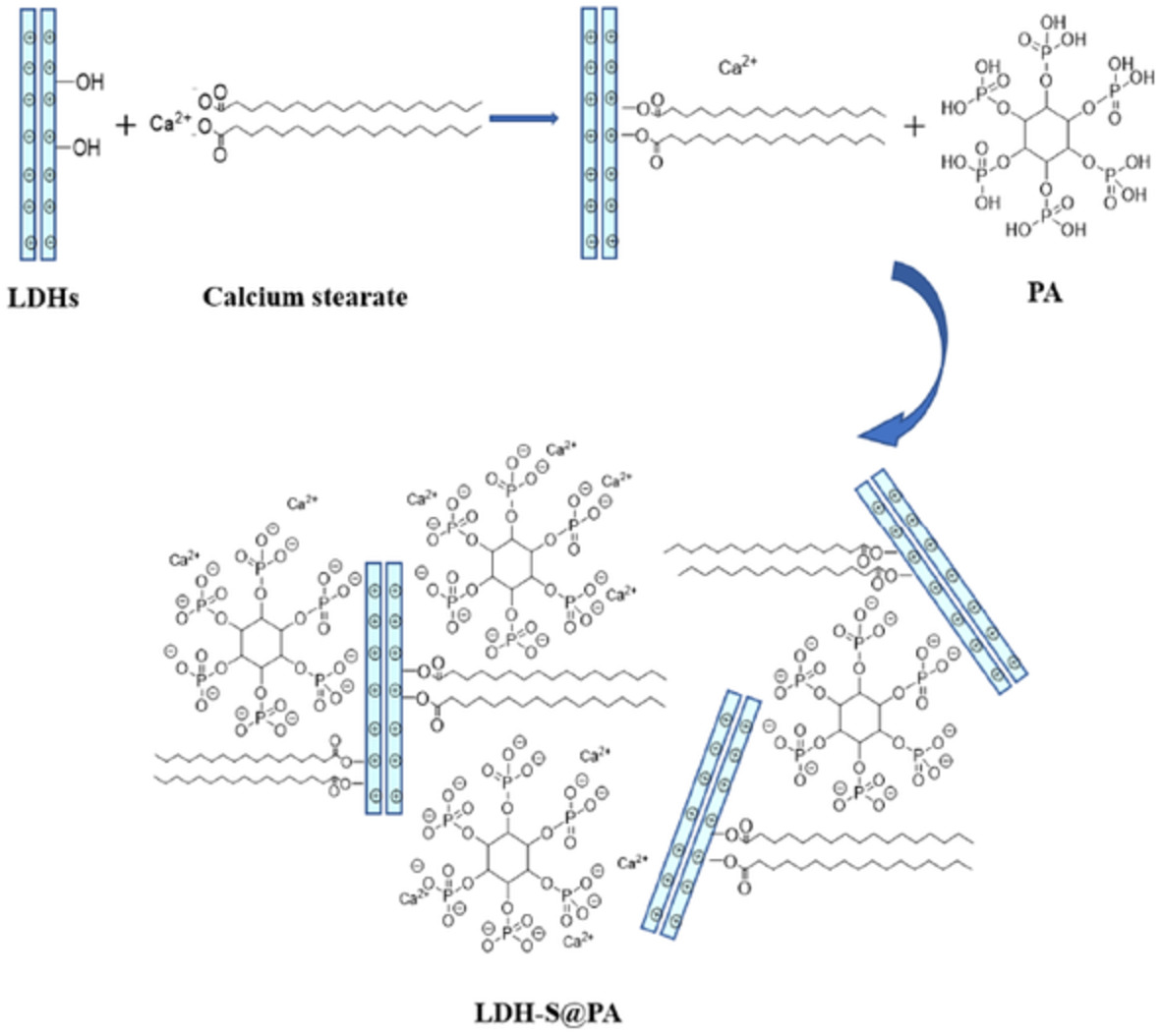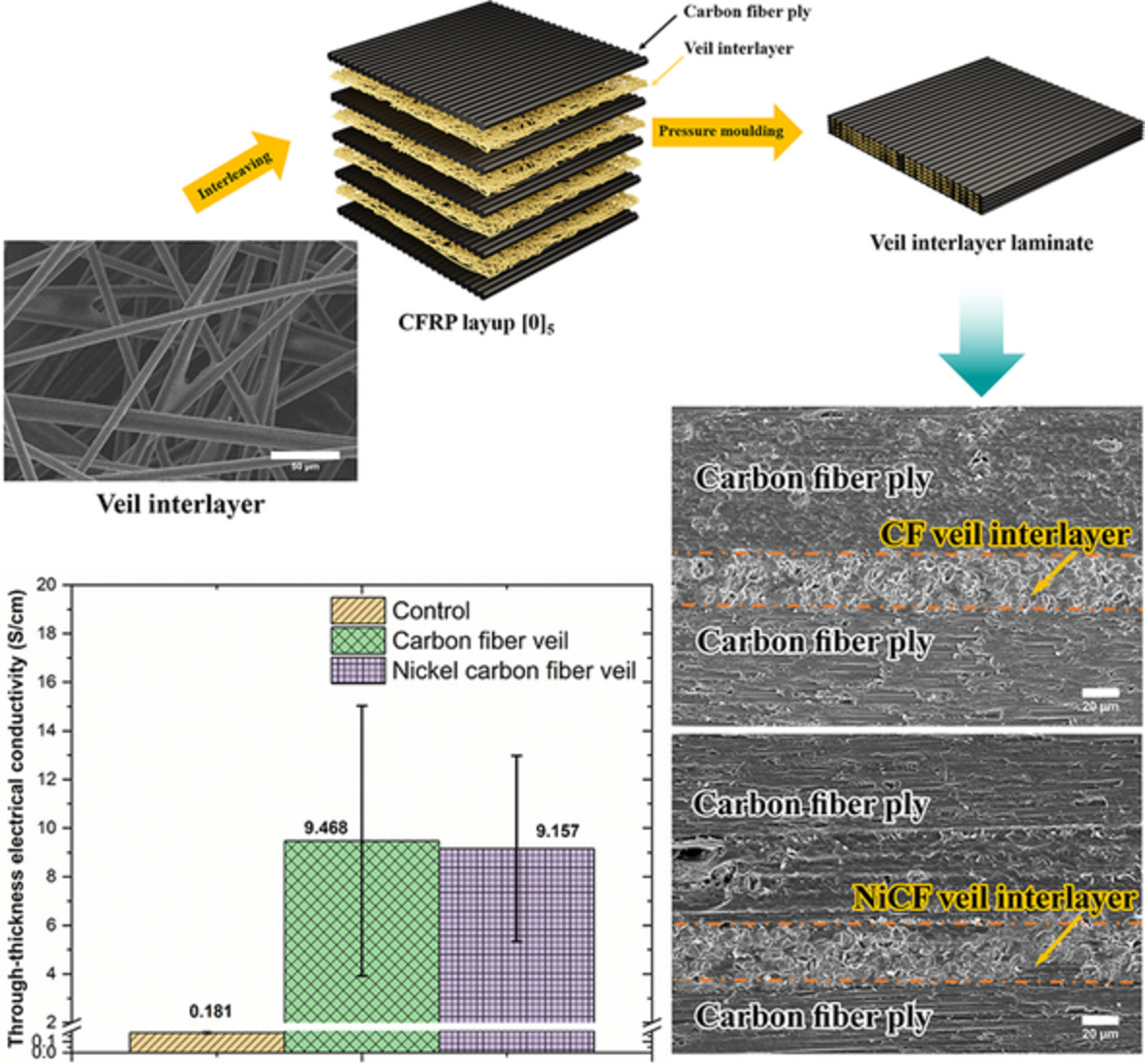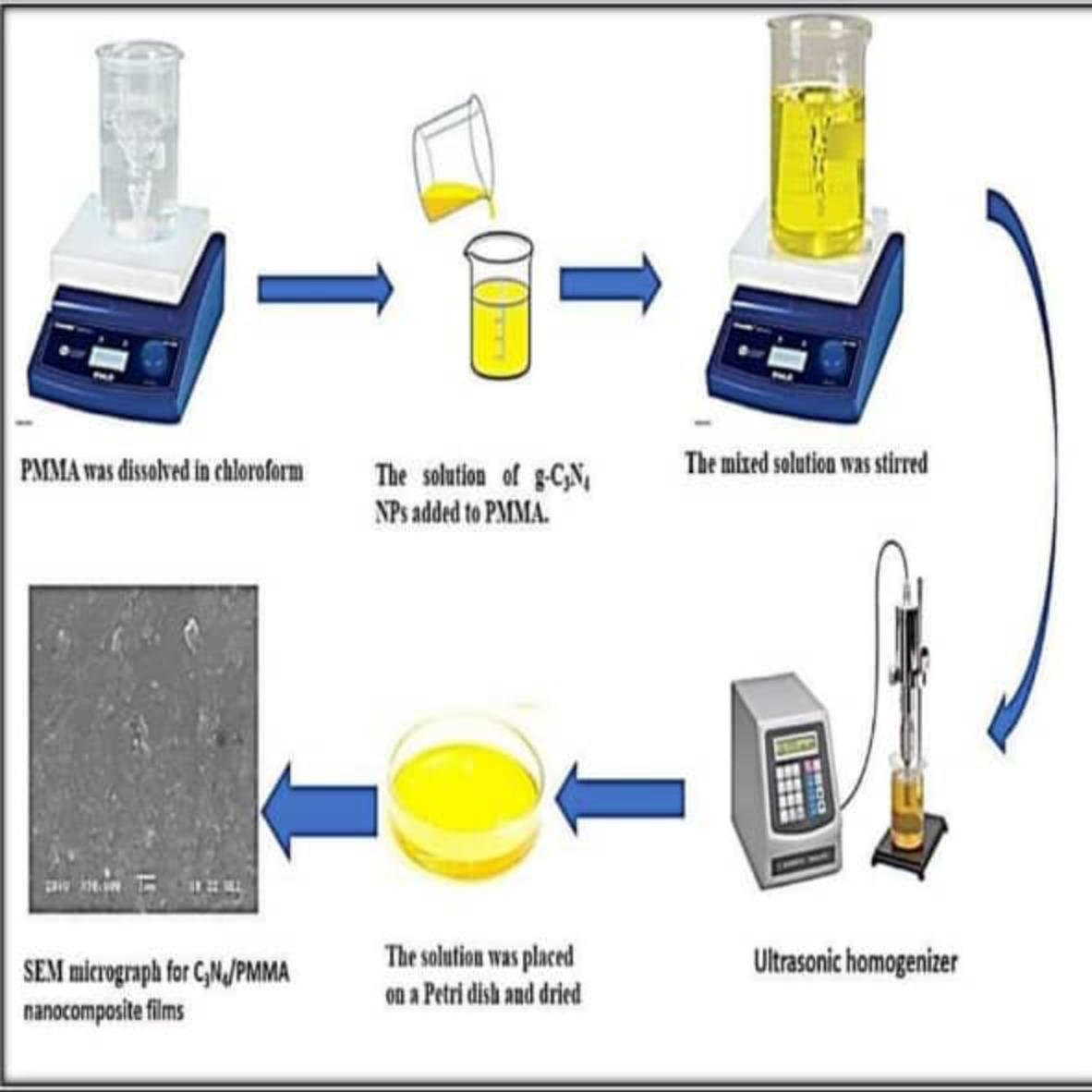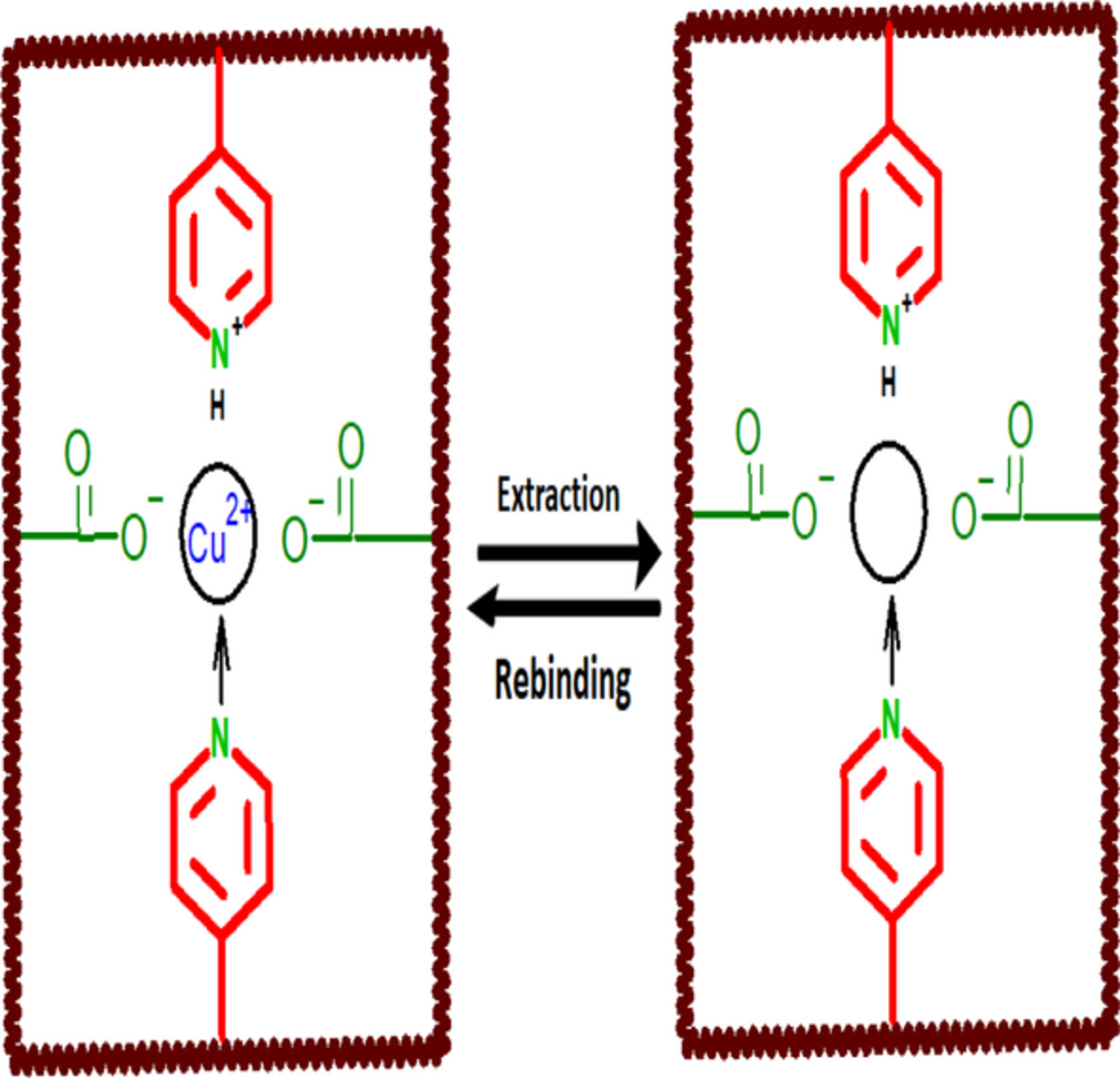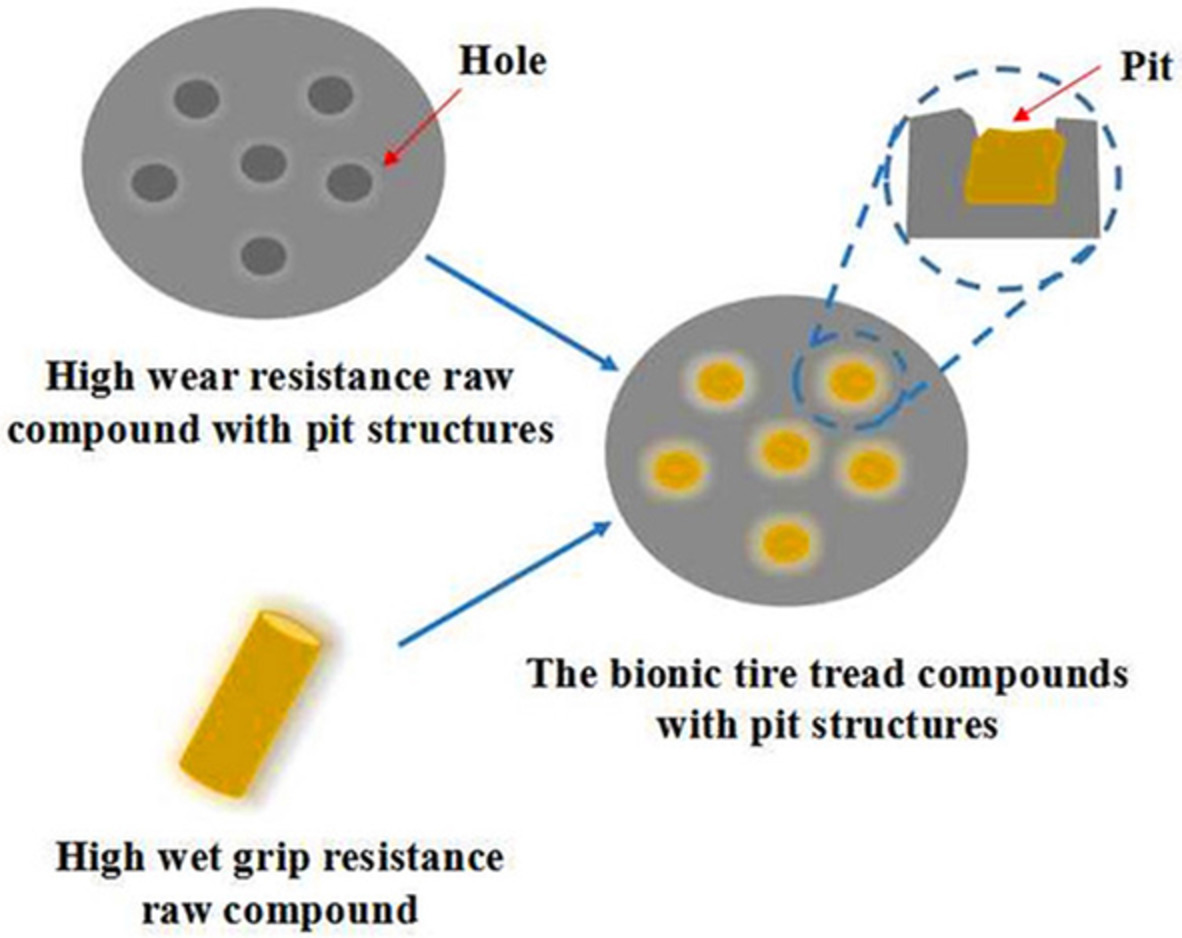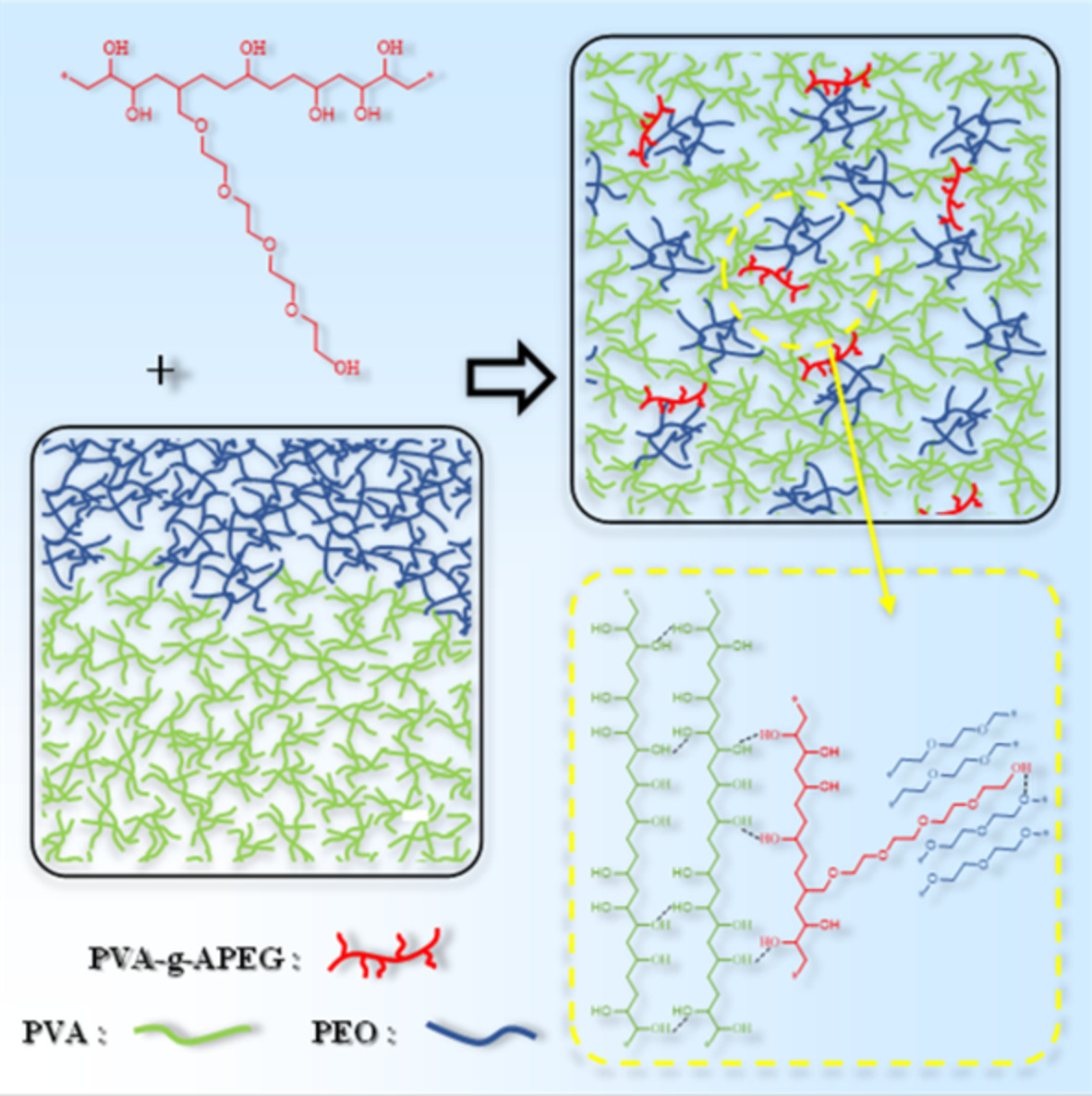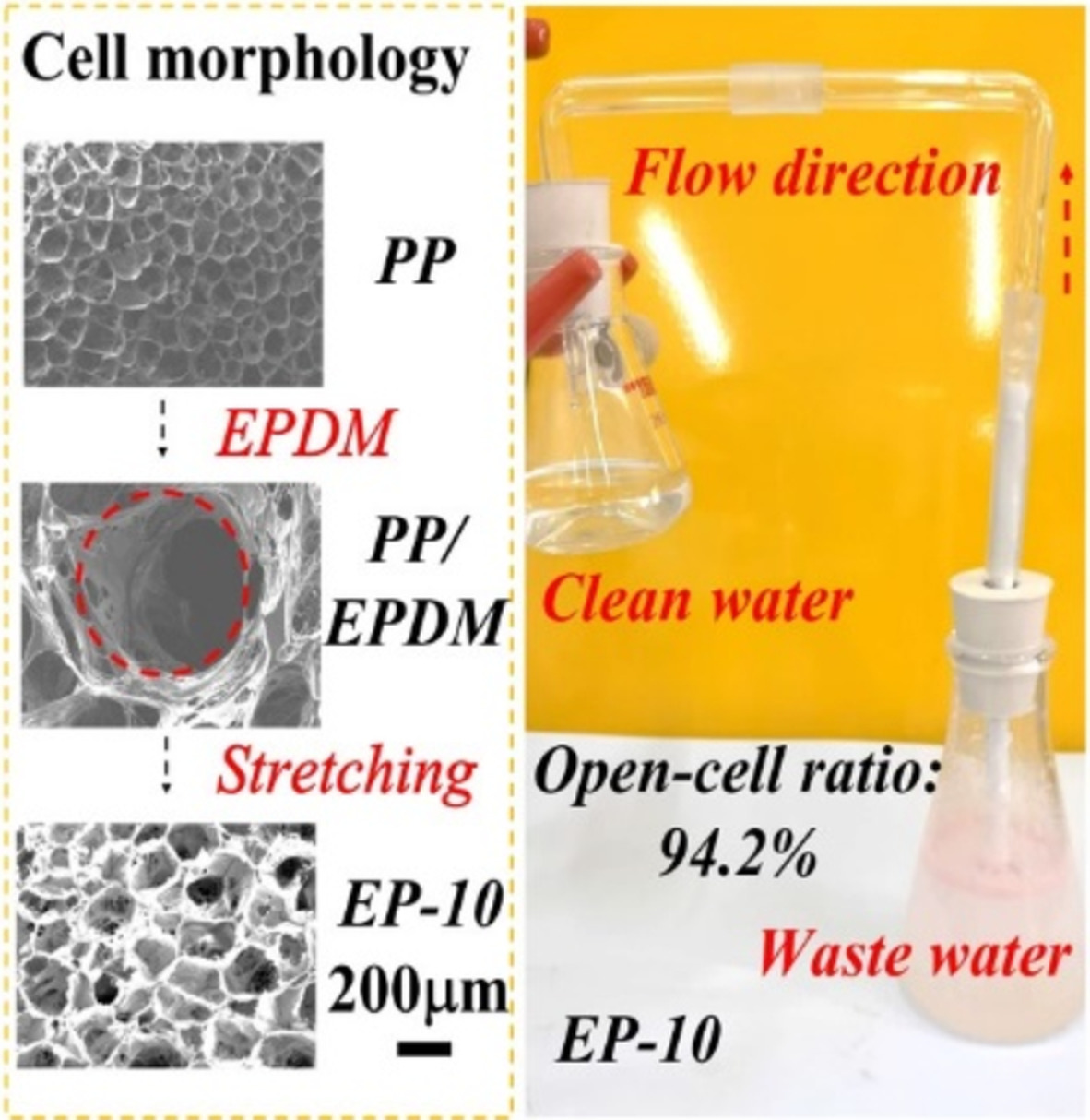Journal list menu
Export Citations
Download PDFs
COVER IMAGE
Cover Image, Volume 139, Issue 43
- First Published: 08 October 2022
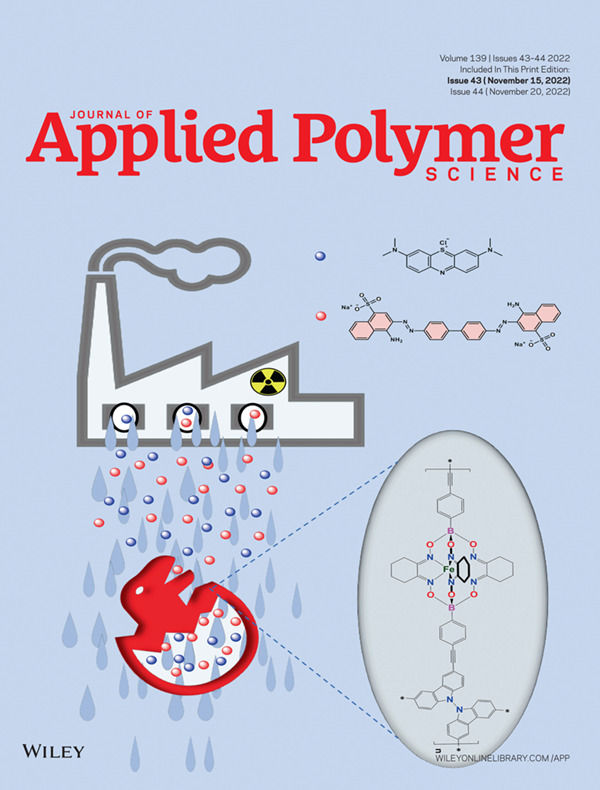
The cover image by Dr. Noorullah Baig shows how metal-organic copolymers containing iron(II) clathrochelated with various arylamines were synthesized via a palladium-catalyzed Sonogashira crosscoupling reaction. The copolymers reveal ultrafast dye adsorption efficiencies up to 100% and exhibit maximum adsorption capacity (qm) for Methylene Blue and Congo Red of 146.63 mg g−1 and 787.40 mg g−1, respectively. The metal-organic polymers demonstrate several advantages, namely, their versatile synthesis, low cost, superior thermal stability, excellent adsorption capacity, and high surface area, which qualify them as prominent adsorbents for water purification applications. DOI: 10.1002/app.52966. [Correction added on October 21, 2022, after first online publication: Cover image has been corrected.]
ISSUE INFORMATION
RESEARCH ARTICLES
Oxidized multiwalled carbon nanotube reinforced rheological examination on Gum ghatti-cl-poly(acrylic acid) hydrogels
- First Published: 26 July 2022
Removal of anionic and cationic dyes using porous copolymer networks made from a Sonogashira cross-coupling reaction of diethynyl iron (II) clathrochelate with various arylamines
- First Published: 03 August 2022

The synthesis of four copolymer networks based on iron(II) clathrochelate derivative and several arylamines is described. Target copolymers reveal microporous properties with surface areas up to 411 m2g−1. They demonstrate efficient adsorption of various organic dyes from aqueous media making them promising candidates for environmental remediation.
Preparation and evaluation of organosilica nanocapsules encapsulating DCOIT by using the response surface optimization
- First Published: 08 August 2022
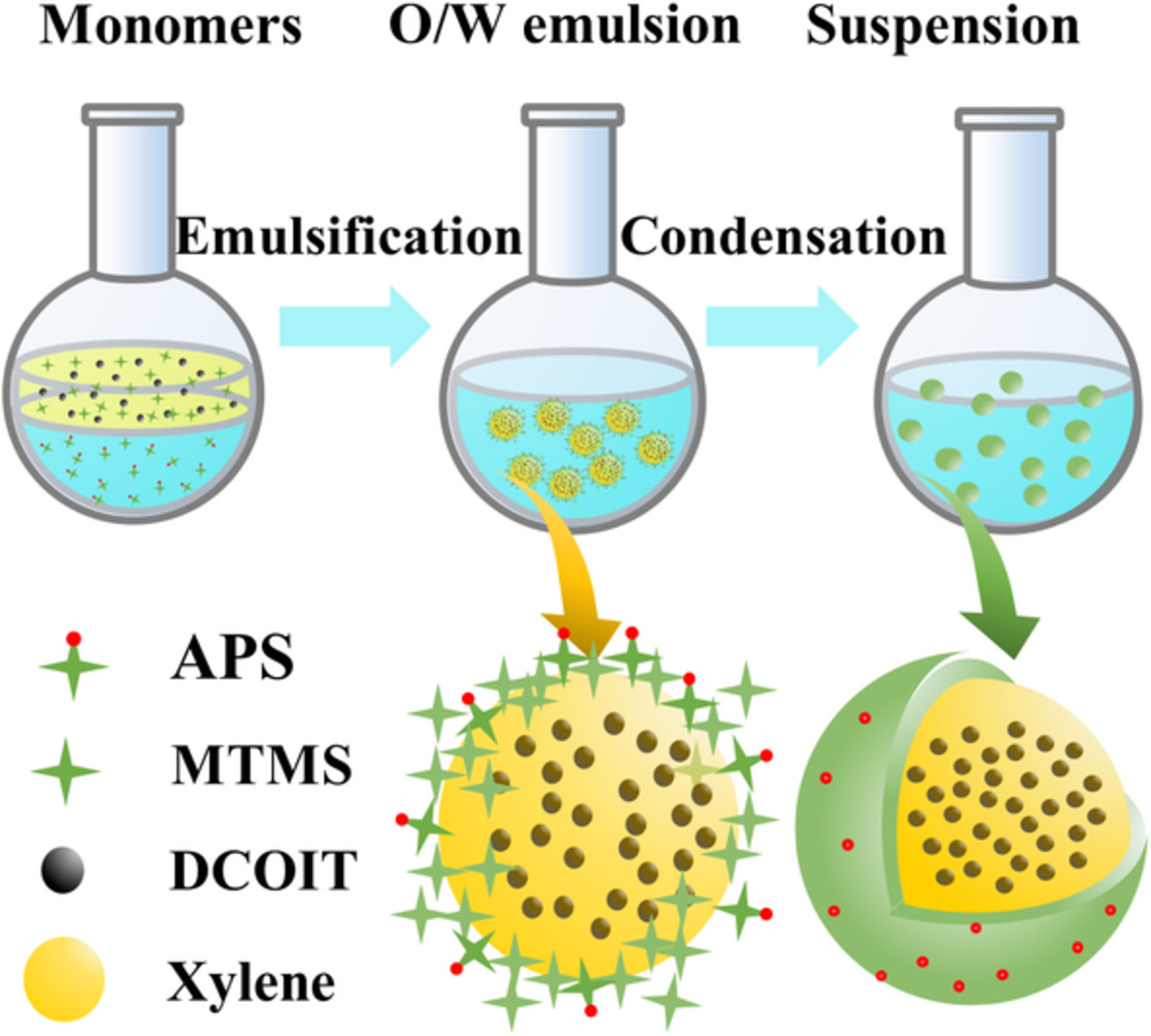
Organosilicon nanocapsules encapsulating the antifouling agent DCOIT were prepared based on the self-catalytic sol–gel reaction between methyl trimethoxysilane (MTMS) and 3-aminopropyl trimethoxysilane (APS). With the encapsulation efficiency as the evaluation index, the response surface method was used to optimize the preparation process. The results indicate that the obtained nanocapsules would have great potential for application in antifouling coatings, which are sufficient to cope with the challenges brought by marine environments.
Hydrophobic chitosan/salicylic acid blends film with excellent tensile properties for degradable food packaging plastic materials
- First Published: 26 August 2022
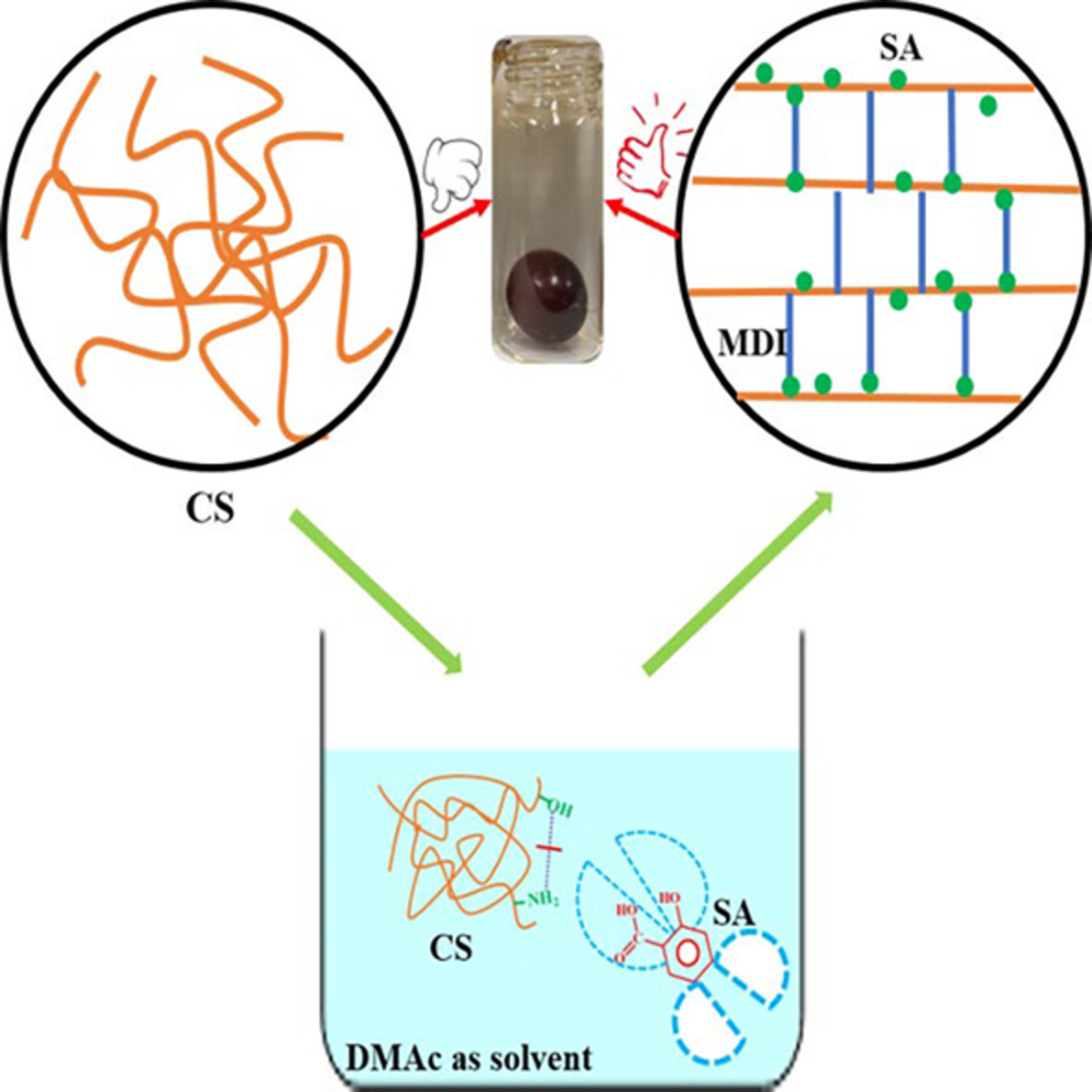
Due to the first synthesis of degradable CS/SA plastic materials in organic systems, the crosslinked CS-SA blends have better hydrophobicity, mechanical strength, permeability, stability, and antibacterial properties, extending the storage time of grapes to more than 14 days, and greatly meet the needs of food plastic packaging.
Self-assembled nanoprodrugs from reducible dextran-diethyldithiocarbamate conjugates for robust tumor-targeted chemotherapy
- First Published: 24 August 2022
Polysaccharide nanofibers and hydrogel: A comparative evaluation on 3D cell culture and tumor reduction
- First Published: 24 August 2022
Hydrophobic and lipophilic cellulose nanocrystal aerogel prepared by methyltrichlorosilane via vapor-phase reaction
- First Published: 25 August 2022
Acrylate-free tough 3D printable thiol-ene thermosets and composites for biomedical applications
- First Published: 20 August 2022
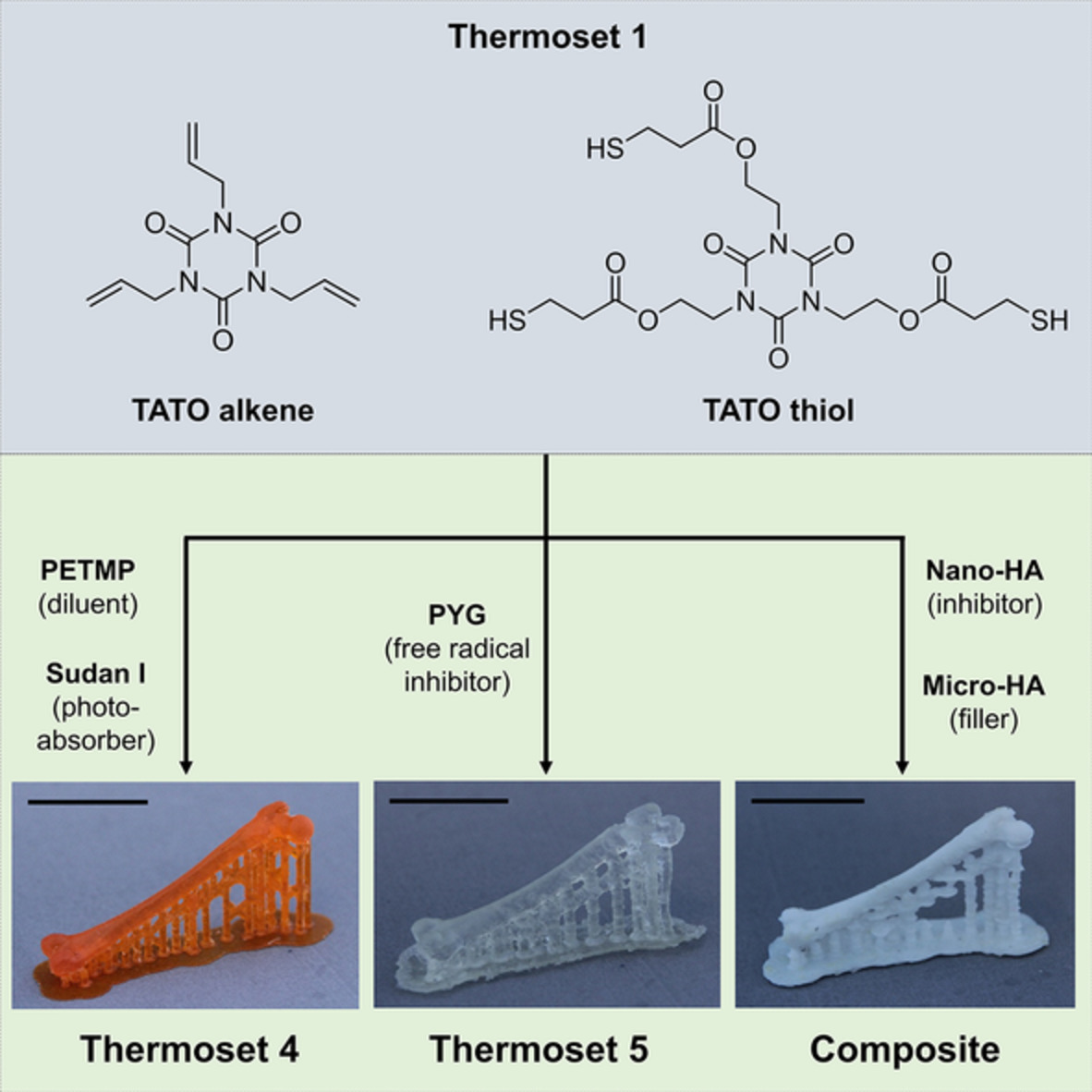
Thiol-ene thermoset and composite resins developed for hard tissue repair are adapted for SLA 3D printing through the addition of either diluents, free radical inhibitors, or micro- and nano-sized hydroxyapatite. The resulting printed materials display excellent biological profiles, while their mechanical properties exceed the thiol-ene printed systems in the literature.
Effect of molecular weight of polysaccharide on efficient plasmid DNA delivery by polyethylenimine-polysaccharide-Fe(III) complexes
- First Published: 22 August 2022
Highly porous double network hydrogel having fast responding time and high mechanical strength via emulsion template polymerization
- First Published: 26 August 2022
Surface modification of cellulose nanofibers by oxidative polymerization of tannic acid/ethanediamine and their polyvinylalcohol composites
- First Published: 25 August 2022
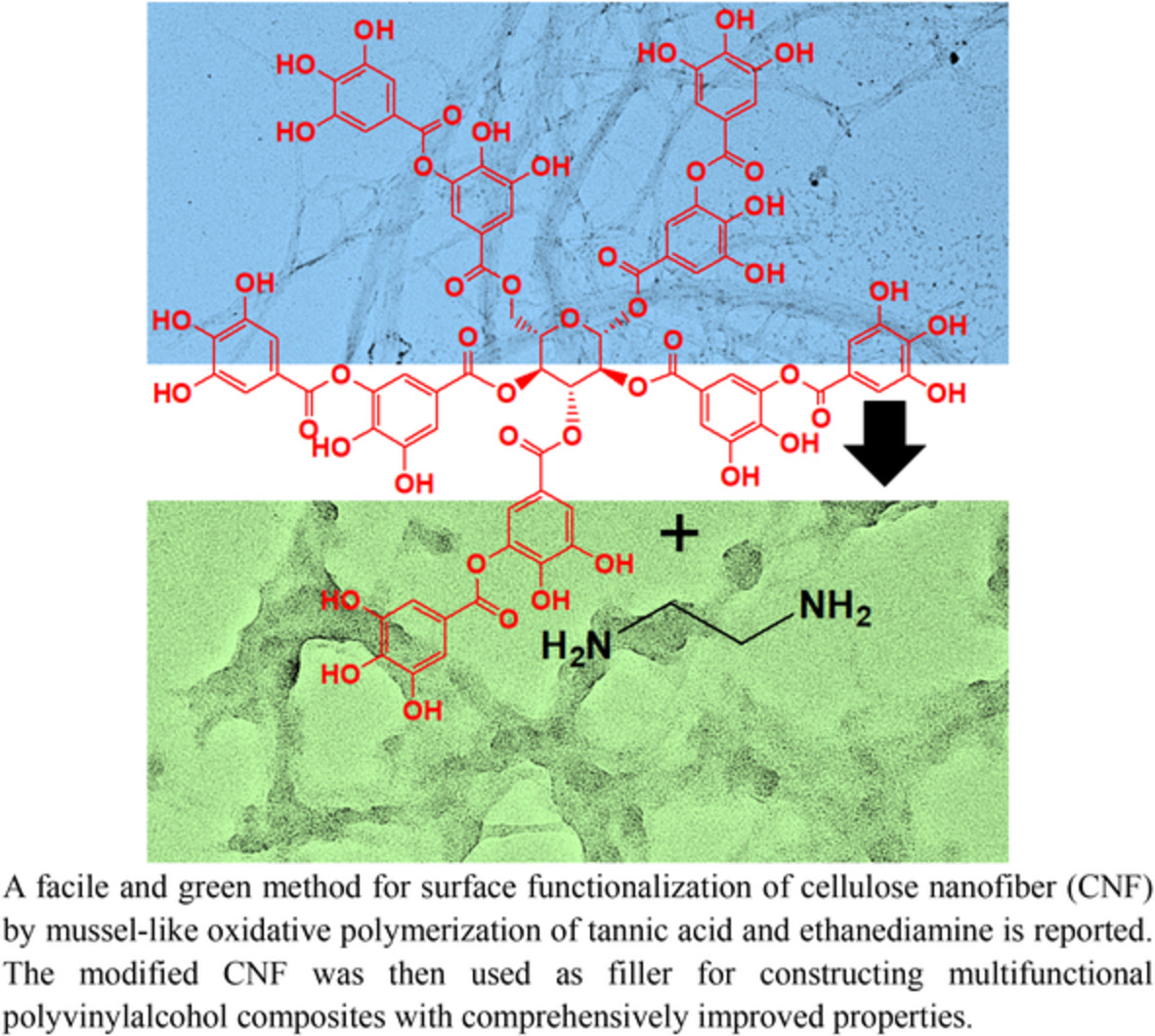
A facile and green method for surface functionalization of cellulose nanofiber (CNF) by mussel-like oxidative polymerization of tannic acid and ethanediamine is reported. The modified CNF was then used as filler for constructing multifunctional polyvinylalcohol composites with comprehensively improved properties.
One-step flame retardant/hydrophobic finishing on cotton fabric with ammonium salt of hexamethylenediamine - N, N, N′, N′ - tetra (methylphosphonic acid) doped silica sol
- First Published: 23 August 2022
The combination of AlN and h-BN for enhancing the thermal conductivity of thermoplastic polyurethane composites prepared by selective laser sintering
- First Published: 23 August 2022
Rosin natural terpenes as processing aid for polyhydroxyalkanoate: Thermal, mechanical, and viscoelastic properties
- First Published: 23 August 2022
Effects of scCO2 foaming process and post-vulcanization method on cellular structure, mechanical properties, and thermal stability of PMVQ foams
- First Published: 19 August 2022
Characteristic comparison of lignocellulose nanofibrils from wheat straw having different mechanical pretreatments
- First Published: 24 August 2022
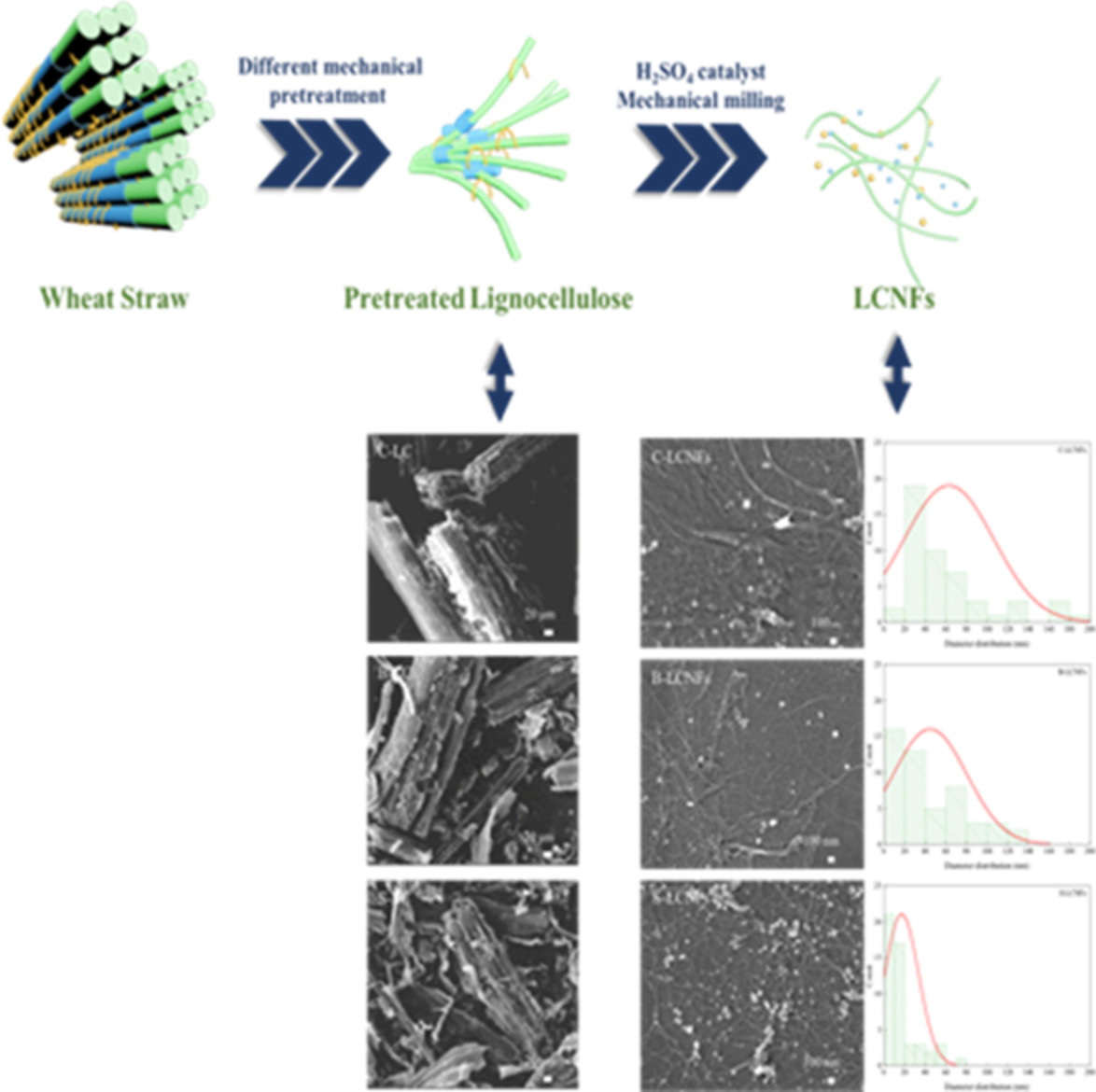
Herein, the morphology, physicochemical structure, chemical composition, and thermostability of Wheat straw (WS) and lignocellulose nanofibrils (LCNFs) were systematically investigated, aiming to reveal the impact of screw extrusion and ball milling during the process of LCNF preparation. This work could not only offer theoretical guidance on the preparation of LCNFs by mechanical pretreatments but also expand the high-value application of agricultural residues in polymer composites.
Fast fabrication of a light-scattering polycarbonate with high transmittance, high haze, and excellent flame-retardant performance
- First Published: 24 August 2022
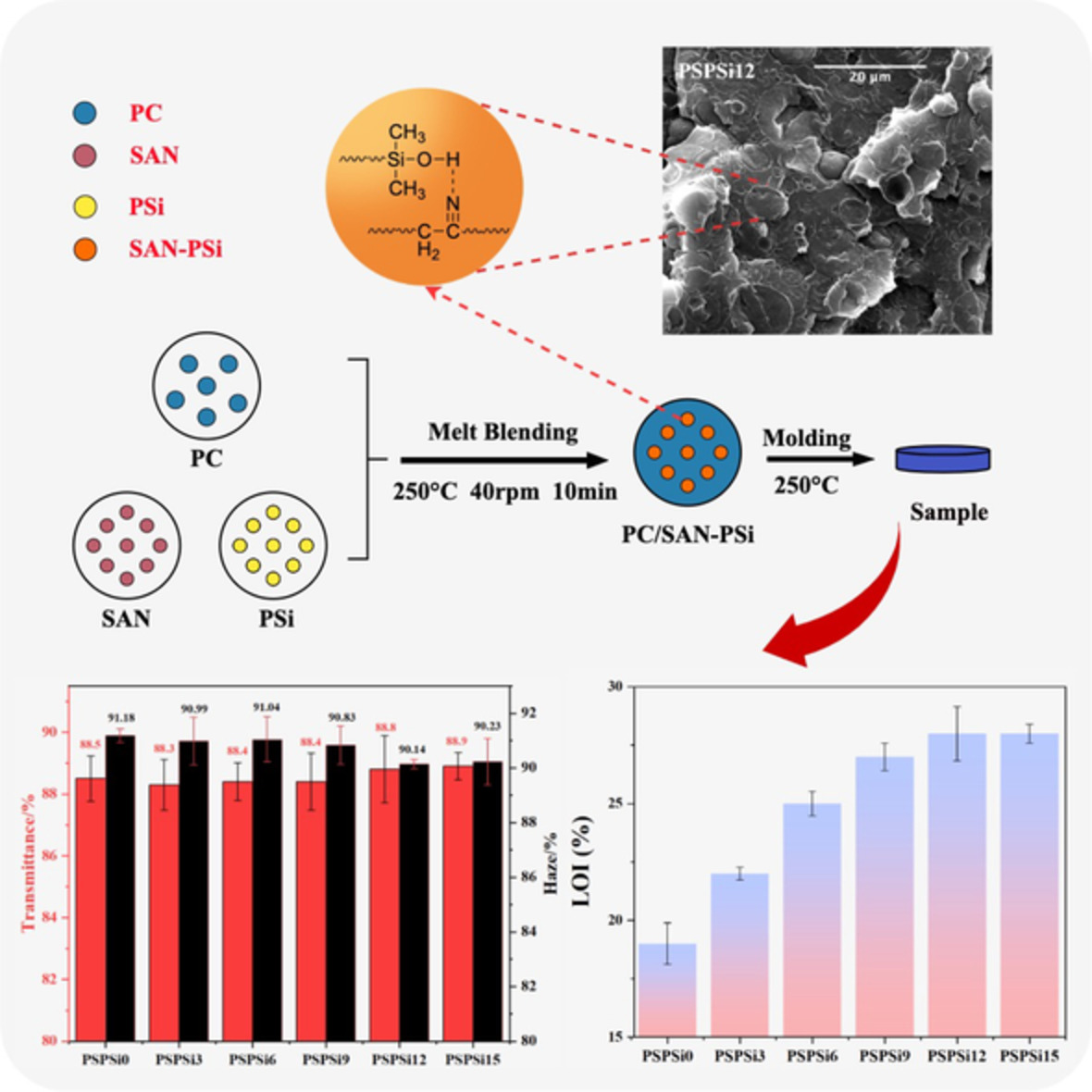
This paper provides a simple, economical, and environmentally benign fabrication process for light-scattering PC with excellent flame-retardant performance. During processing, the strong hydrogen bond interaction between PSi and SAN enabled the in-situ formation of flame-retardant scatterers SAN-PSi, which allowed us to prepare light-scattering PC with excellent flame-retardant performance in the one-step melt blending process.
Effects of acrylate monomers with different alkyl chain structure on the electro-optical properties and microstructure of polymer dispersed liquid crystals
- First Published: 24 August 2022
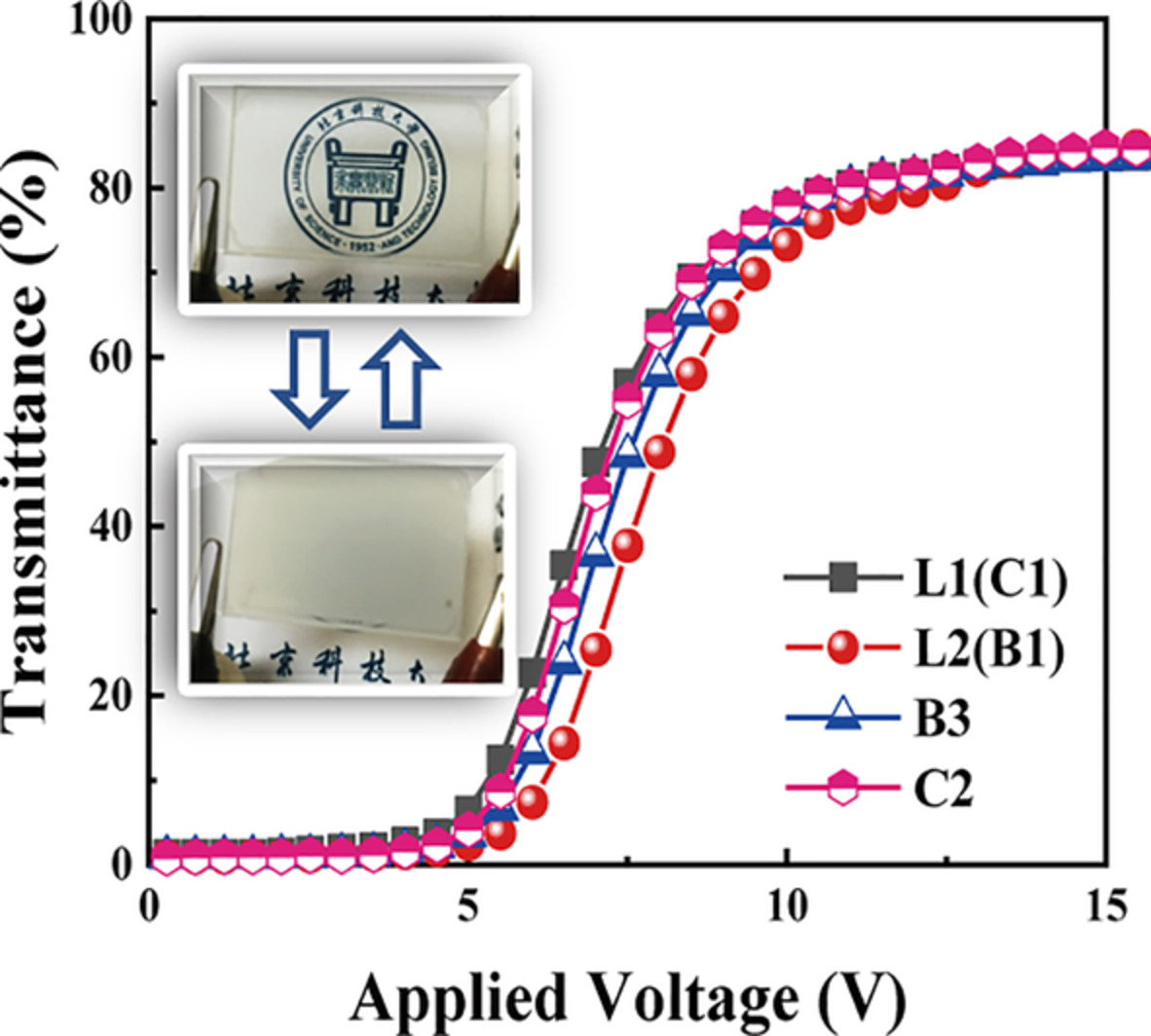
Acrylate monomers with different alkyl chain structure were applied to prepare polymer dispersed liquid crystals films and the electro-optical performance and microstructure were compared. By balancing the alkyl chain length, branched chains and isomeric structure, low driving voltage and high contrast ratio can be achieved. The transparent and opaque states can work effectively to show or block the background picture.
Effect of diphenyl methyl phosphonate and clay as additives on the mechanical and flame retardancy of crosslinked polyurethane
- First Published: 24 August 2022
Preparation, characterization, and evaluation of suspension stabilizer for low-density cement slurry for cementing
- First Published: 25 August 2022
Dual-exterior surface modification of layered double hydroxides and its application in flame retardant biobased poly(trimethylene terephthalate)
- First Published: 25 August 2022
Improving the through-thickness electrical conductivity of carbon fiber reinforced polymer composites using interleaving conducting veils
- First Published: 27 August 2022
Preparation of bis-epoxy end capped macromonomers through anionic or RAFT polymerization
- First Published: 25 August 2022
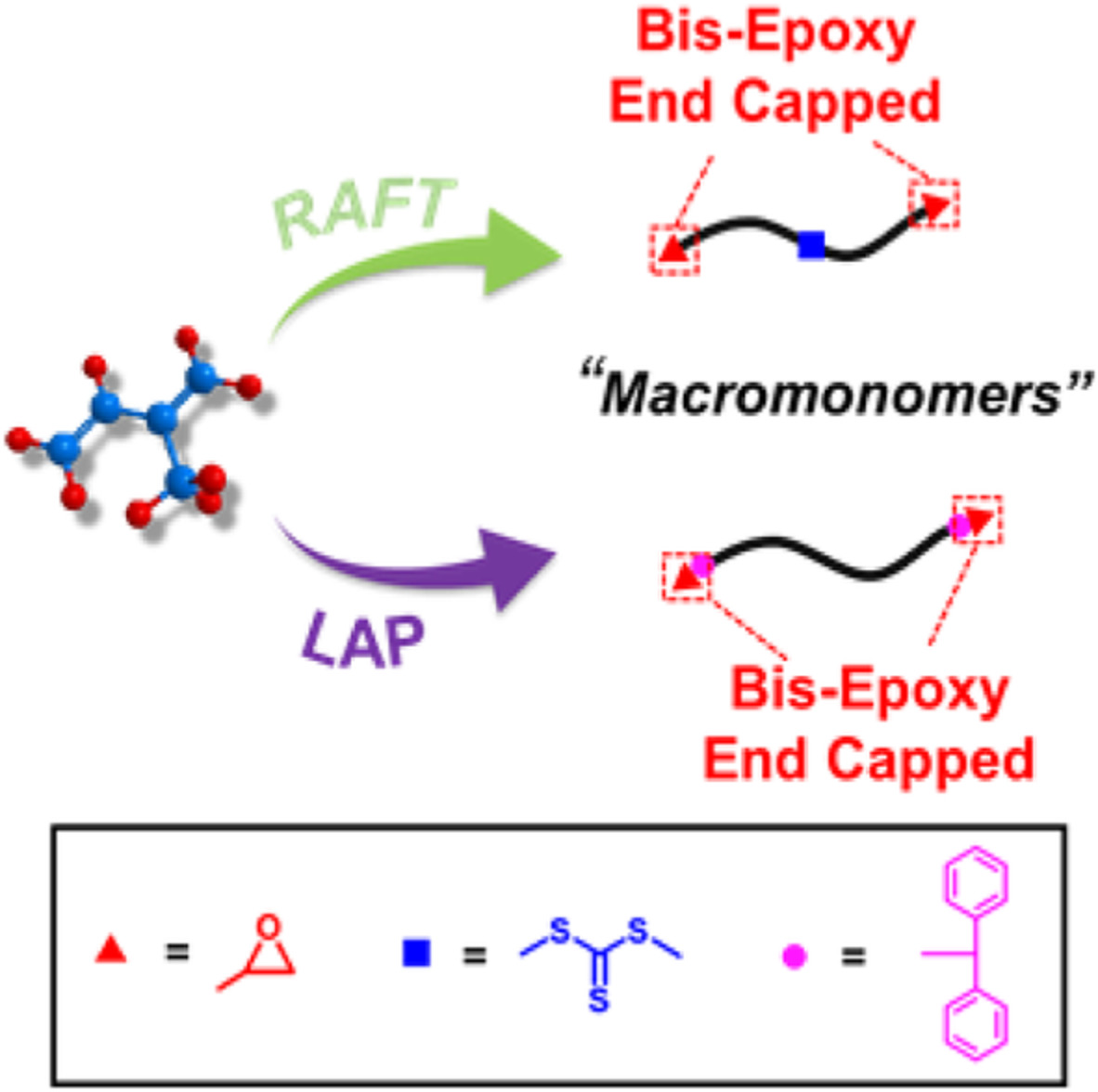
A novel bis-epoxy end functionalized polyisoprene (BETPI) macromonomers are prepared by living anionic polymerization and high-pressure RAFT polymerization. The BETPI with 600–1000 Da of molecular weight and over 75% of epoxy end capping rate, which can be further utilized as highly reactive liquid macromonomers in rubber coupling agents, vitrimer materials, and other fields.
Renewable low viscosity polyester-polyols for biodegradable thermoplastic polyurethanes
- First Published: 06 September 2022

In the present work, we carried out the synthesis of renewable low viscosity polyester-polyols for thermoplastic polyurethane applications. Our proposed low viscosity polyester-polyols were found to be attractive candidates for industrial large-scale applications, enabling the synthesis of thermoplastic polyurethanes at a lower temperatures. These TPUs showed good mechanical properties and excellent biodegradation under compost conditions.
Influence of glycidyl methacrylate grafted poly (butylene succinate) (PBS-g-GMA) on flame retardancy and mechanical properties of water hyacinth fiber/ammonium polyphosphate/poly (butylene succinate) composites
- First Published: 24 August 2022

Environmentally friendly intumescent flame retardant (IFR) based poly (butylene succinate) (PBS) composites are prepared using water hyacinth fiber (WHF) and ammonium polyphosphate (APP) as IFR, with glycidyl methacrylate grafted poly (butylene succinate) (PBS-g-GMA) as a compatibilizer. The enhanced mechanical properties and flame retardancy of WHF/APP/PBS composites will promote the development of biodegradable flame-retardant polymer composites for engineering applications.
Synthesis and characterization g-C3N4-doped PMMA polymeric nanocomposites films for electronic and optoelectronic applications
- First Published: 07 September 2022
Trace determination of Cu(II) in milk samples after preconcentration on Fe3O4@graphene oxide composite based imprinted polymer
- First Published: 23 August 2022
Design of bionic tire tread compounds with pit structures and the improvement mechanism of wear and wet grip resistance
- First Published: 01 September 2022
A novel biomedical compatibilizer (polyvinyl alcohol-allyl polyethylene glycol graft copolymer) for polyvinyl alcohol/polyethylene oxide composite system
- First Published: 20 August 2022




